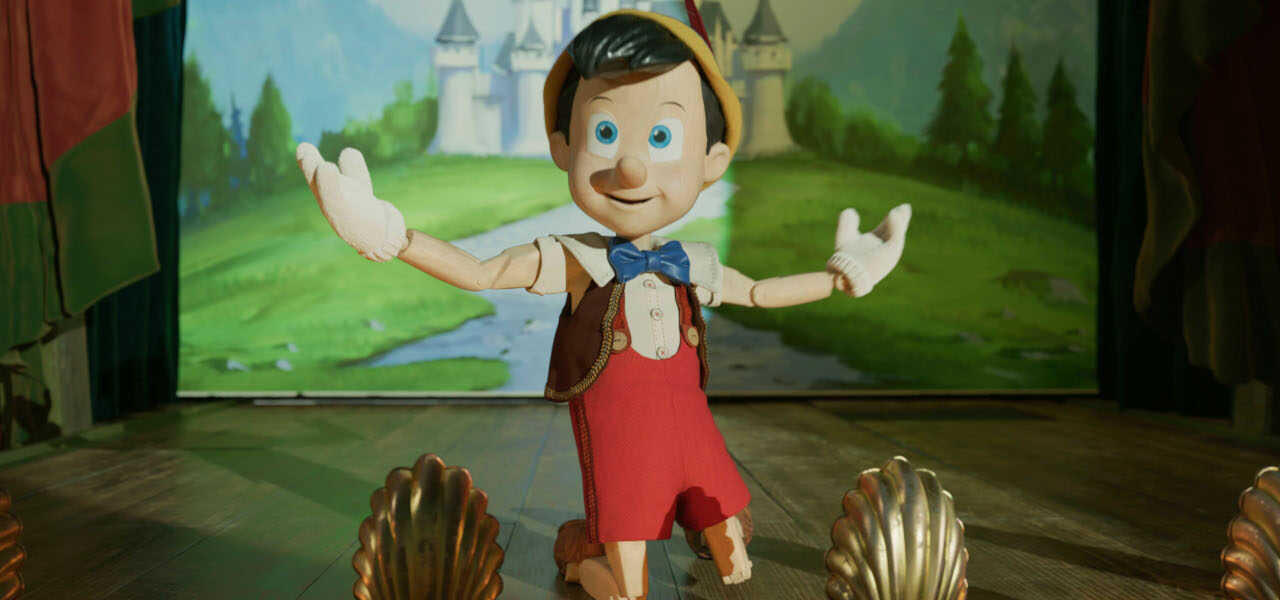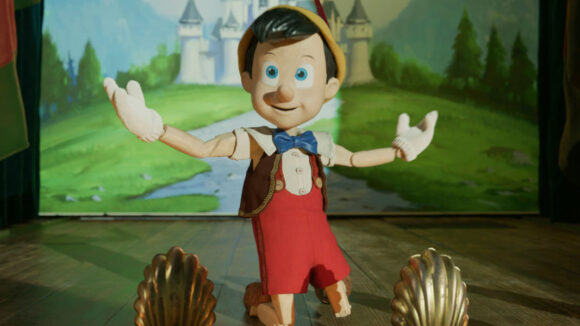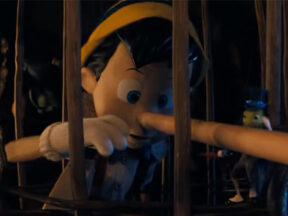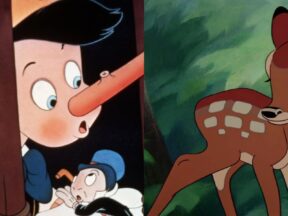

‘Pinocchio’ Reviews Roundup: Solid Animation Can’t Save Disney’s Dull Remake
Disney’s latest rehash of an animated classic, Pinocchio, went live on Disney+ today, and with the film’s release came a wave of negative reviews.
Fans of the Pinocchio story certainly have had and will have other opportunities to see the marionette in action, and most critics suggest either watching Disney’s 1940 animated film, Matteo Garrone’s Oscar-nominated 2019 take, or holding out to see what Guillermo del Toro has to offer when Netflix launches his stop-motion version later this year.
Many of the available reviews question why this hybrid remake even exists in the first place. On Rotten Tomatoes, Robert Zemeckis’ Pinocchio currently sits at a 32% critics’ score. Meanwhile on Metacritic, the film has received a mixed response for a lowly score of 41.
We read through the dozen (at time of writing) Top Critic reviews on Rotten Tomatoes, and here’s a recap of what they had to say about Disney’s latest version of Pinocchio:
In his Empire review, Alex Godfrey singled out work done by animators at MPC as the film’s strongest attribute:
Here, Pinocchio is a puppet-sized puppet, just as the original was — a cute, wide-eyed, tiny little thing. And he looks magnificent. It’s incredible work, absolutely the film’s selling point: that iconic wooden boy come to life. Yet it’s not a persuasive enough reason for the film to exist.
Indiewire’s Christian Zilko didn’t have many good things to say about Pinocchio, even going so far as to compare it to a cg-animated pile of dung which appears early in the film. He was, however, impressed by the animation and marked it as the most cinematic quality of the production:
Joseph Gordon-Levitt makes an excellent Jiminy Cricket, even if his antennae are a little too cockroach-like, and the scenes of the animated cricket exploring the workshop are some of the film’s most cinematic moments.
Writing for the L.A. Times, Carlos Aguilar argued that an over-reliance on subpar digital backgrounds undermined the primary narrative of the Pinocchio story:
[F]or a movie about being real, one would be hard-pressed to pinpoint any physical elements on screen. The entirety of Zemeckis’ Pinocchio appears to have been shot against a green screen. The subpar digital visuals include overblown lighting in the day scenes and poorly rendered integration between the characters and the environments, especially noticeable near the end of the film during set pieces that take place in water.
Elizabeth Weitzman at The Wrap agreed with Aguilar’s less-than-enthusiastic take on the film’s digital work:
The effects aren’t seamless either, and sometimes they’re downright awkward; a few clever allusions to other, better movies (including Zemeckis’ live action-animation landmark Who Framed Roger Rabbit) do this film no favors. But the visuals are, at least, vibrant enough to keep kids watching.
Variety’ Andrew Barker ranked it among the worst of all Disney’s recent remakes:
[S]omething feels particularly unnecessary about the Robert Zemeckis-directed Pinocchio, which revisits nearly every beat of the 1940 animated classic just months before Guillermo del Toro is set to unveil what appears to be a wildly different interpretation of Carlo Collodi’s nineteenth century source material, and two years after Matteo Garrone offered his own Oscar-nominated spin.
Adrian Horton at The Guardian agreed in her three-star review:
A live-action take on the classic animation has effective visual moments and an impactful turn from Tom Hanks but never quite justifies its existence… There’s a strangeness to the whole proceeding – an unbeloved classic, sanded down from the original 1883 novel by Italian author Carlo Collodi, updated into a 1 hour, 40-minute visually stimulating but emotionally dull mishmash.
Whether or not the 1940 original is unbeloved (as Horton claims) would certainly be debated by many critics, but one thing that most seem to agree on is that this 2022 iteration is one worth skipping, especially as anyone with a Disney+ account can just watch the original.



